Using innovative materials and solution-processing methods, third-generation solar technologies, such as organic photovoltaics (OPVs) and perovskite solar cells (PSCs), could enable the development of lightweight, flexible, and cost-effective solar cells. The easy processing of these devices has led to a dramatic increase in their efficiencies of recent years, with PSCs and OPVs achieving power conversion efficiencies of 26.7% and 19.2%, respectively.
These next-generation solar cells are uniquely suited for a wide range of applications, including wearable technology, portable chargers, building-integrated photovoltaics, and large-scale energy production. Solution processing methods enable rapid deployment and local manufacturing for off-grid energy solutions, even in low-resource areas. This raises the question of how to mass produce these printable solar cells.
The journey from lab-scale research to industrial-scale production hinges on optimizing deposition using scalable coating processes. Coating equipment from Ossila provides the essential tools for this transition by empowering researchers to customize and optimize large-area coating processes in the lab.
Coating Processes in Solar Cell Development
Uniform, high-quality thin films are the cornerstone of efficient third-generation solar cells. When implemented correctly, solution processing can offer precise control over film thickness, morphology, and uniformity. These factors directly impact both the performance and scalability of solar cells.
Traditionally, emerging photovoltaic research has relied on spin coating. This simple and versatile technique can easily create high-quality films with little optimization. However, spin coating is best applied over small area devices and has a high amount of material wastage—only 10% of the applied material creates the thin film. Optimizing small area devices will only go so far in helping emerging electronics get to market.
Transitioning from lab-scale experimentation to industrial-scale production is a complex, but important, process. Small variations in coating processes can lead to significant changes in device efficiency. This makes lab-scale optimization using scalable methods a critical step for ensuring reproducibility and overall success in large-area production.
Lab-Scale Coating Solutions
Ossila has a range of high-performance coating systems for lab-scale thin film research and development. Each product enables researchers to optimize the deposition of large-area coatings for further laboratory testing, laying the foundation for successful industrial-scale production.
Slot-Die Coater
The Slot Die Coater produces continuous films across a large area, operating in a similar way to inkjet printing. Achieve precise, scalable thin film deposition with minimal material wastage and maximum flexibility.
With this system you can:
Control solution dispensing for consistent film formation across a range of substrates.
Optimize coating characteristics by adjusting the coating speed, channel height, stage temperature, and more.
Customize the system to fit a range of experimental requirements with interchangeable accessories.
The slot-die coater is ideal for researchers scaling prototype devices for pre-commercial testing, enabling them to fine-tune multi-layer structures in perovskite and organic solar cells and ensure reproducibility.
Dip Coater
The Dip Coater facilitates large-area batch coatings through the controlled immersion and withdrawal of a substrate in a solution. It is perfect for straightforward and reliable film formation on irregular surfaces or with high-viscosity solutions.
With simple, integrated software, you can:
Set the immersion and withdrawal properties independently for ultimate control.
Customize coating thickness with a wide range of withdrawal speeds.
Vary the withdrawal speed across the substrate length to produce gradient films.
The dip coater is perfect for creating self-assembled monolayers in solar cells and achieving consistent results across experiments.
Automatic Film Applicator
The Automatic Film Applicator is designed to automate many different techniques which use an applicator to spread a solution across a substrate. This versatile system consistently coats large areas with a uniform thickness and roughness.
Within your research, you can:
Automate the movements of a wide variety of manual applicators, including bar coaters, blade coaters, gap applicators, Baker applicators, Bird applicators, and many more.
Adjust coating speeds, blade angles, and pressure control.
Improve precision and repeatability for uniform films across a large area.
This system simplifies the deposition of solar cell layers using a range of techniques over large substrates or foils, making it a valuable asset for researchers focused on scalable coatings.
The Path to Industrial Scale
Producing efficient, large-area solar cells in the lab is the foundation of this route to market. This process begins with the correct techniques and tools to refine and optimize processes at the research stage.
In solar cell research and beyond, coating equipment from Ossila empowers researchers to:
Experiment with materials and fine-tune film properties to meet specific performance criteria.
Evaluate how materials and processes will perform when scaled to larger areas.
Develop robust methodologies that translate seamlessly from the lab to industrial production lines.
Find us in the exhibition hall at InnoLAE 2025 or visit www.ossila.com to explore our coating solutions.





